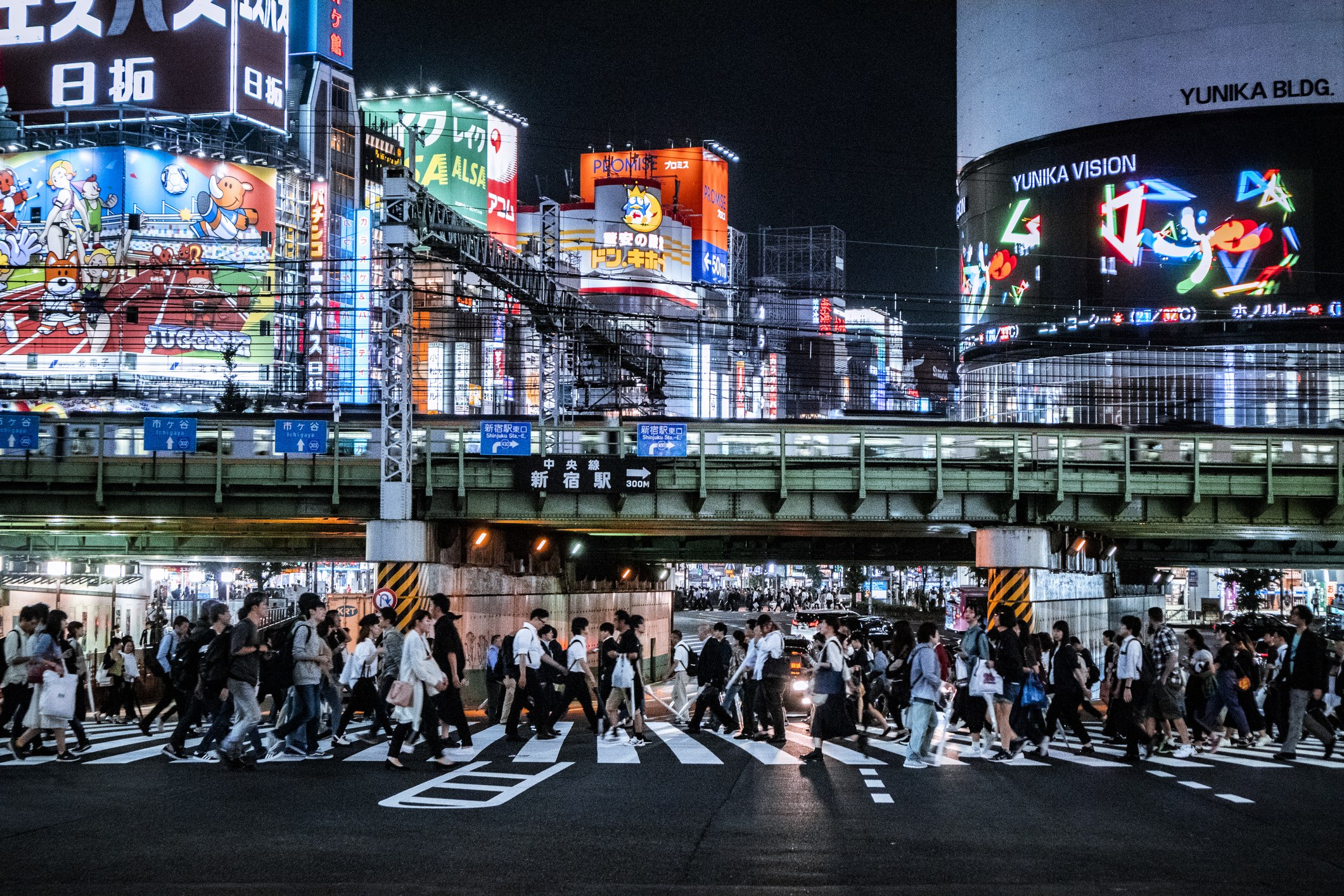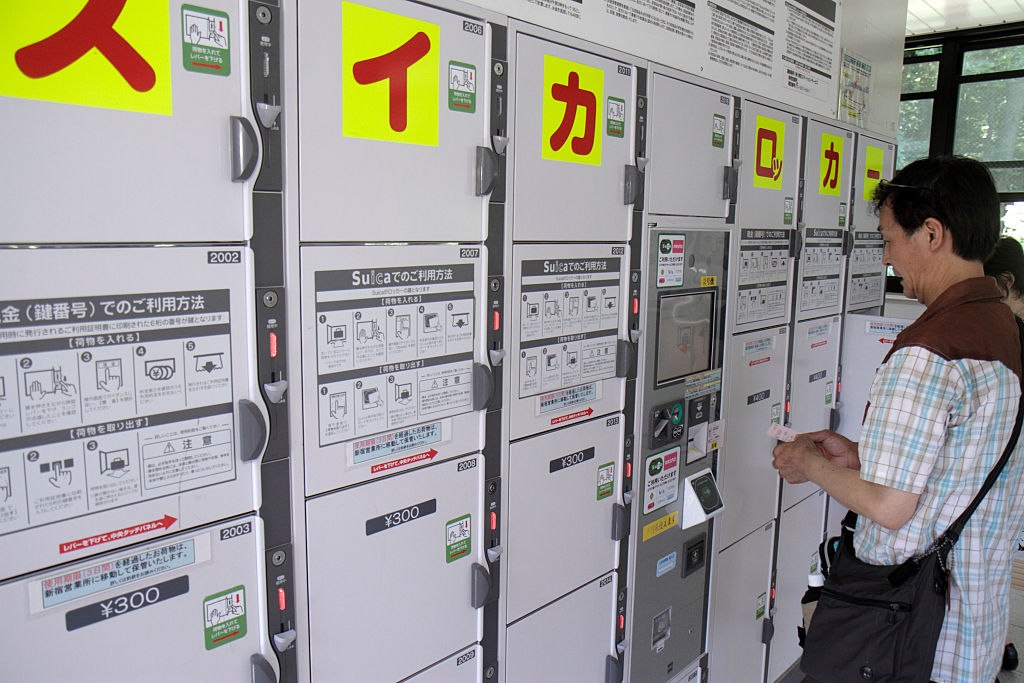Reading time: 5 minutes

With a metro network comprised of 179 stations and one used by 7.24 million passengers per day (Tokyo Metro data), Tokyo boasts one of the world's busiest and most extensive transport systems. But by no means is it unreliable. After years of fine tuning, this system is known for its extreme punctuality and reliability, making getting from A to B a breeze. This is also made extremely possible with the addition of both the Suica and PASMO travel cards. Here's everything you need to know about these two options, ready for your Tokyo trip.
What is a Suica card?
A Suica card is a prepaid e-money card issued by major transport company JR East Railways. It allows people to travel freely on certain train lines within the Tokyo metropolitan area without having to purchase a paper ticket each time. It's a great alternative for guests who don't feel confident navigating the complex train ticket machines and fares within Tokyo's stations. Instead, simply purchase your Suica card, top up and tap on and off each time you use a train service. This card can be used on all JR East trains, as well selected subways and buses and the Tokyo Monorail that connects Haneda Airport with the city. In addition to the Tokyo area, Suica cards can also be used on transport systems in the Hokkaido, Tokai, Kyushu, West Japan and Sendai and Niigata areas. Passengers can also use their Suica card to pay for drinks and food from vending machines, kiosks and refreshment carts on trains.
Where can you buy a Suica card and how much do they cost?
Suica cards can be purchased from major JR East stations such as Tokyo Central, Shinjuku and Shibuya, whether from specialist ticket vending machines or the official ticket offices themselves. A personal Suica card costs 2,000JPY (AU$23.87) which includes a 500JPY (AU$5.96) deposit, leaving you with 1,500JPY (AU$17.88) balance. When working out how much money you'll need to add to your Suica, it's important to be aware of average ticket costs. Tokyo Station to Shinjuku is a popular route undertaken by many visitors and one that costs 195JPY(AU$2.92) for IC card users. From here, you can gauge a rough idea of how much it may cost to get around the city - unless choosing longer routes of course.
 Photo credit Getty/Jeff Greenberg
Photo credit Getty/Jeff Greenberg
What is a PASMO travel card?
Like Suica, PASMO travel cards are smart cards that can be used in the place of a train ticket or cash. Simply touch your PASMO against the card reader before boarding the train, and off again when you reach your destination. This card can also be used on trains and buses, and when purchasing goods and services from participating stores.
Purchasing a PASMO travel card
Getting a PASMO card couldn't be easier - simply pick one up as soon as your arrive in Japan at either Narita or Haneda airports. Alternatively, you can buy a PASMO at selected railway and subway stations, as well as bus depots. There are several types of PASMO available. Of the options on offer, the 'Blank' card is perfect for travellers staying for a shorter duration and can be purchased without identification. When purchasing from a designated PASMO ticket machine, select your desired amount (500JPY from this sum will be deducted as a deposit), pay, and wait for your 'Blank' PASMO to print.
What's the difference between a PASMO travel card and Suica card?
The major difference between the Suica and PASMO travel cards is that they are sold by different companies, however they both work the same in terms of topping up and tapping on and off. Additionally, there is a slight difference how and where you return your card. If you would like to return your PASMO card, this can only be done at a subway or private rail station in Tokyo to receive your 500JPY deposit. When returning a Suica card, this must be done at a JR East station. Note: Information current as of July 17th, 2018.